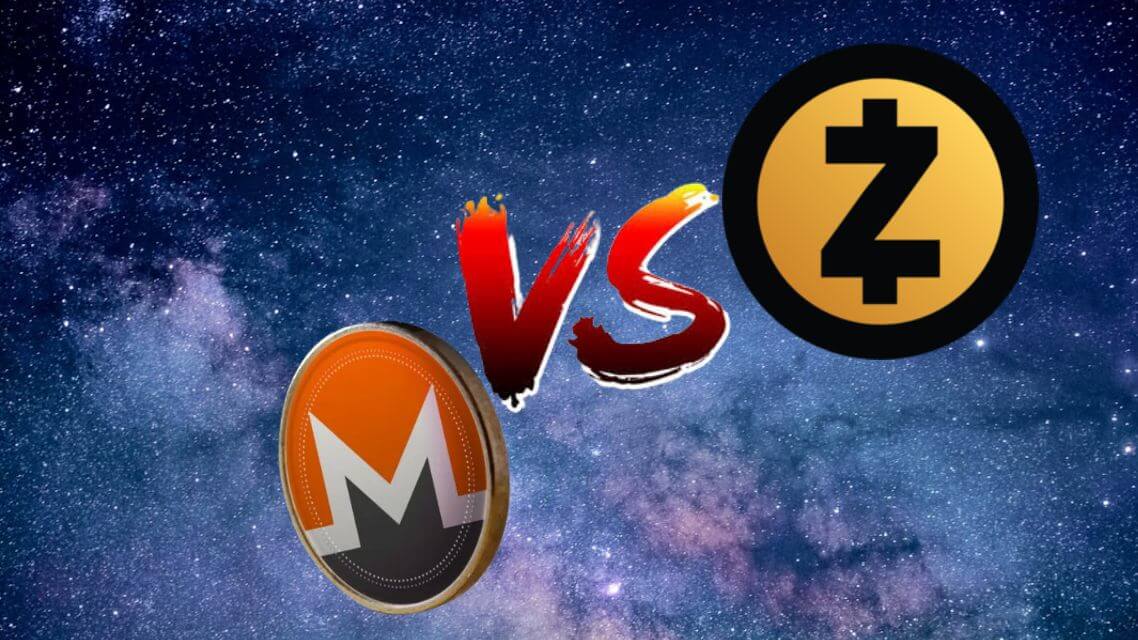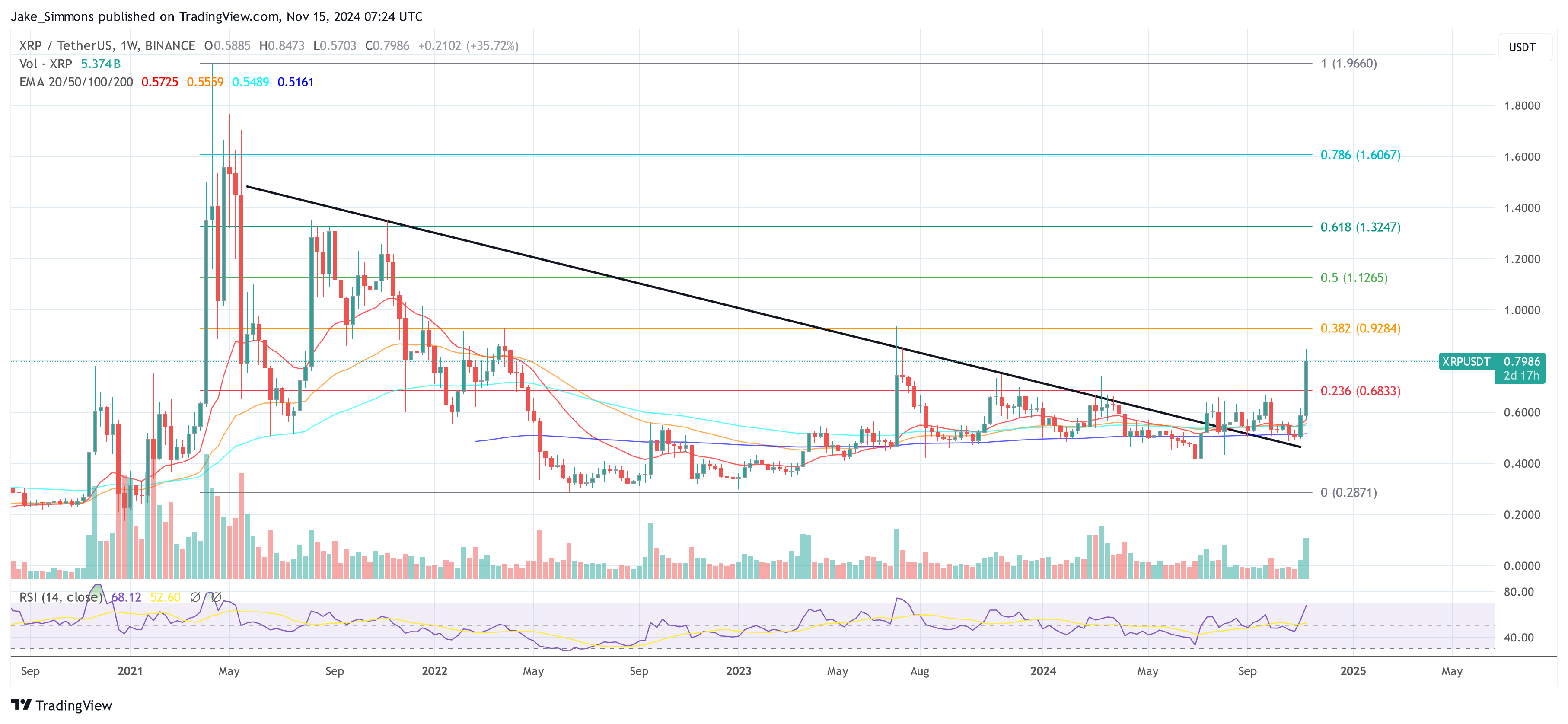The Bahamas have set out a digital asset strategy in their whitepaper that will allow residents of the Bahamas to pay their tax in cryptocurrency.
Following the launch of the central bank digital currency (CBDC) Bahamas sand dollar in 2020, the Bahamas cemented themselves as a forward-thinking digital asset hub that attracted further interest from the likes of FTX, who, last September, set up their headquarters in the sovereign country.
Bahamas Prime Minister Philip Davis commented on the digital asset strategy, noting:
“We have a vision to transform the Bahamas into the leading digital asset hub in the Caribbean.”
The Sand Dollar was issued by the Central Bank of The Bahamas through authorised financial institutions (AFIs) in September 2020. As of March 2022, there are now nine countries that have launched an operational central bank digital currency, including the Bahamas.
As part of the Central Bank’s vision to “promote a leading financial services industry with a modernised payment system”, the bank aims to provide greater access to financial services across all of The Bahamas.
According to a recent report by PwC, most banks are considering or preparing to launch a CBDC. Analysts at PwC noted:
“We expect that CBDCs will greatly benefit cross-border transactions and economies of all relevant jurisdictions.” Despite the issues of privacy associated with CBDCs, I think they will be a significant catalyst for mainstream adoption of cryptocurrencies.
Disclaimer: This article is provided for informational purposes only. It is not offered or intended to be used as legal, tax, investment, financial, or other advice.
Credit: Source link























